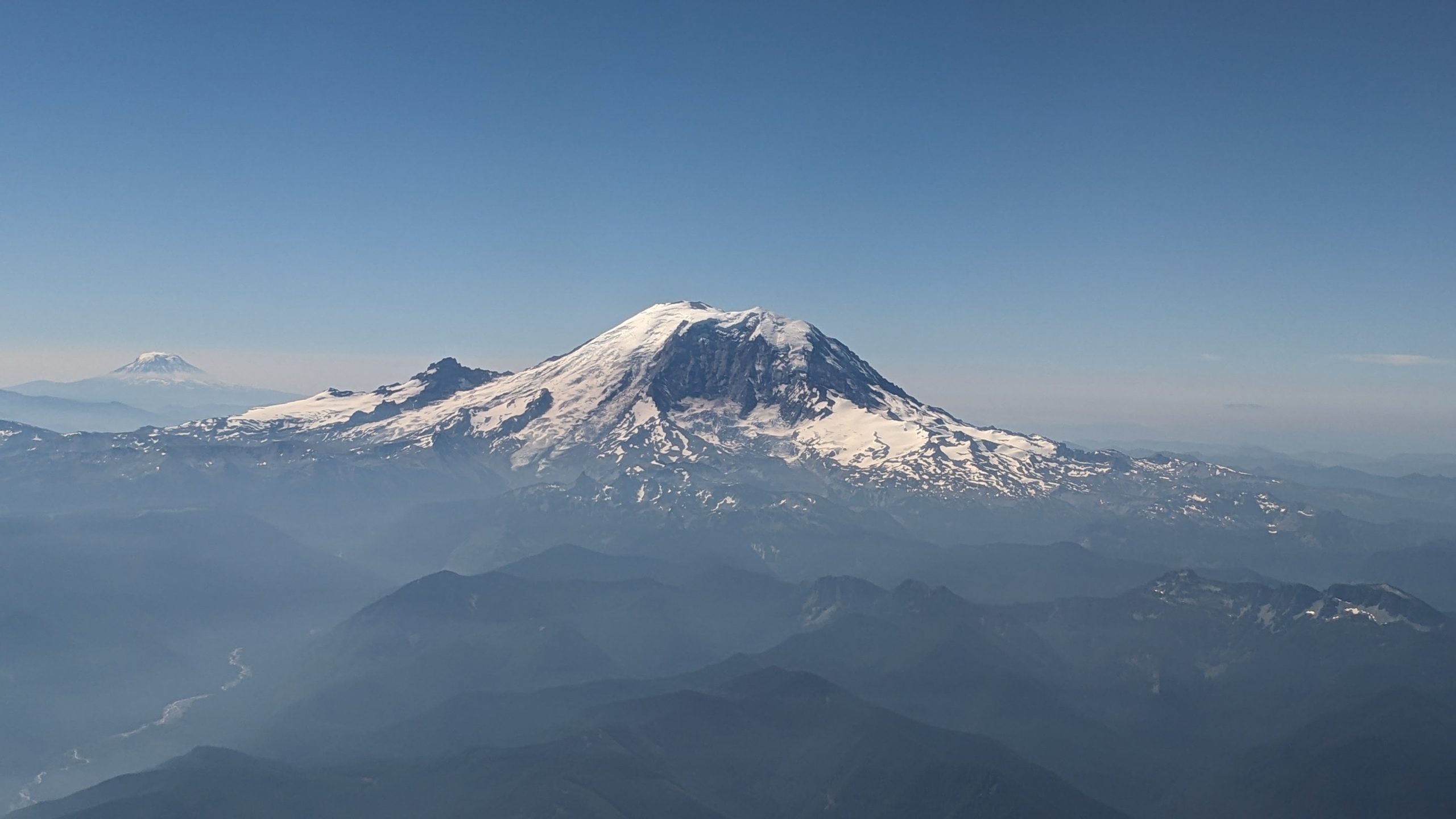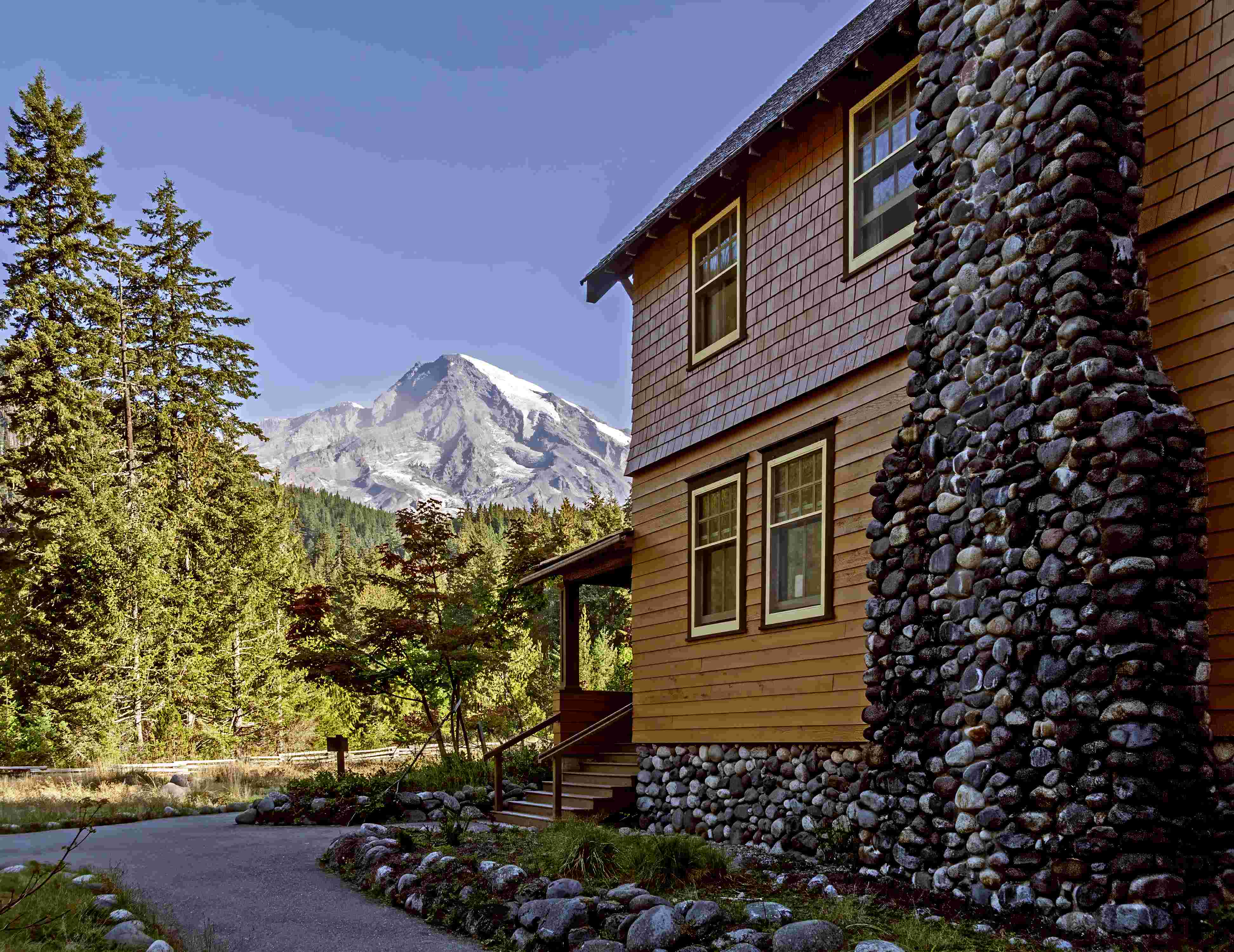Mount Rainier, particularly the Paradise area within Mount Rainier National Park, is renowned for its exceptional snowfall. With an average annual snowfall of 640 inches (53.3 feet), it ranks among the snowiest places on Earth. However, it’s not definitively the snowiest. Mount Baker, also in Washington State, holds the world record for most snowfall in a single season. This article explores Mount Rainier’s snowfall patterns, compares it to other snowy locations, and examines its unique weather conditions.
What Makes Mount Rainier So Snowy?

Mount Rainier’s impressive snowfall can be attributed to several factors:
- Geographic Location: Proximity to the Pacific Ocean
- Elevation: 14,411 feet (4,392 meters) above sea level
- Orographic Effect: Moist air forced upwards, causing precipitation
These factors combine to create ideal conditions for heavy snowfall, particularly in the Paradise area of the national park.
How Does Mount Rainier’s Snowfall Compare to Other Locations?

While Mount Rainier is exceptionally snowy, it’s not definitively the snowiest place on Earth. Here’s a comparison:
| Location | Average Annual Snowfall |
|---|---|
| Mount Rainier (Paradise) | 640 inches (53.3 feet) |
| Mount Baker, Washington | 641 inches (53.4 feet) |
| Tug Hill, New York | 300 inches (25 feet) |
| Sukayu Onsen, Japan | 694 inches (57.8 feet) |
Mount Baker holds the world record for most snowfall in a single season with 1,141 inches (95.1 feet) in 1998-1999, slightly surpassing Mount Rainier’s record of 1,122 inches (93.5 feet) set in 1971-1972.
What Are the Annual Snowfall Records for Mount Rainier?
Mount Rainier’s snowfall records are impressive:
- Average Annual Snowfall: 640 inches (53.3 feet)
- Highest Recorded Annual Snowfall: 1,122 inches (93.5 feet) in 1971-1972
- Lowest Recorded Annual Snowfall: 266 inches (22.2 feet) in 1980-1981
These records demonstrate the significant variability in snowfall from year to year.
How Do Weather Patterns Affect Mount Rainier’s Snowfall?
Several weather patterns contribute to Mount Rainier’s heavy snowfall:
- Winter Temperatures: Average range from mid-20s to mid-30s Fahrenheit (-4 to 1°C)
- Precipitation Levels: Highest from November to April
- Orographic Effect: Moist air forced upwards, causing heavy precipitation
The combination of cold temperatures and high precipitation levels results in substantial snowfall during winter months.
What Winter Activities Are Available at Mount Rainier?
Despite its heavy snowfall, Mount Rainier offers various winter activities:
- Cross-country skiing
- Snowshoeing
- Ranger-led snowshoe walks
- Winter camping (for experienced backcountry users)
Note that there are no lift-served ski areas within the national park itself, but nearby Crystal Mountain Ski Resort offers downhill skiing opportunities.
How Accessible Is Mount Rainier During Winter?
Accessibility to Mount Rainier during winter can be challenging:
- Roads: Open year-round but may close temporarily due to weather conditions
- Vehicle Requirements: Snow chains or four-wheel drive often necessary
- Facilities: Paradise Visitor Center open year-round, but with limited hours
- Public Transportation: Limited options; personal vehicles recommended
Visitors should always check current road and weather conditions before traveling to the park during winter months.
What Are the Snow Accumulation Statistics Over the Past Decade?
Snow accumulation at Mount Rainier has shown some interesting trends:
- Peak Snow Depths: Can exceed 10 feet (120 inches) during winter months
- Seasonal Variability: Significant differences from year to year (e.g., 266 inches in 2014-2015 vs. 728.5 inches in 2005-2006)
- Climate Change Impact: Some studies suggest a potential decrease in snowfall due to warming temperatures
These statistics highlight the dynamic nature of Mount Rainier’s snowfall patterns and the potential impacts of climate change on this snowy ecosystem.
In conclusion, while Mount Rainier is undoubtedly one of the snowiest places on Earth, it’s not definitively the snowiest. Its impressive snowfall, combined with its unique geography and weather patterns, make it a remarkable location for winter enthusiasts and researchers alike. As climate patterns continue to evolve, monitoring Mount Rainier’s snowfall will provide valuable insights into broader climate trends.
References:
1. https://bestsnow.net/rainier.htm
2. https://snowbrains.com/washington-state-historic-snowfall-comparison-mount-rainier-vs-mount-baker/
3. https://www.geekwire.com/2021/snowiest-place-earth-faring-record-hot-summer-gotten-little-rocky/
